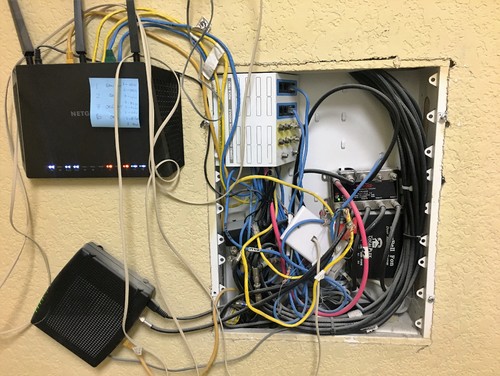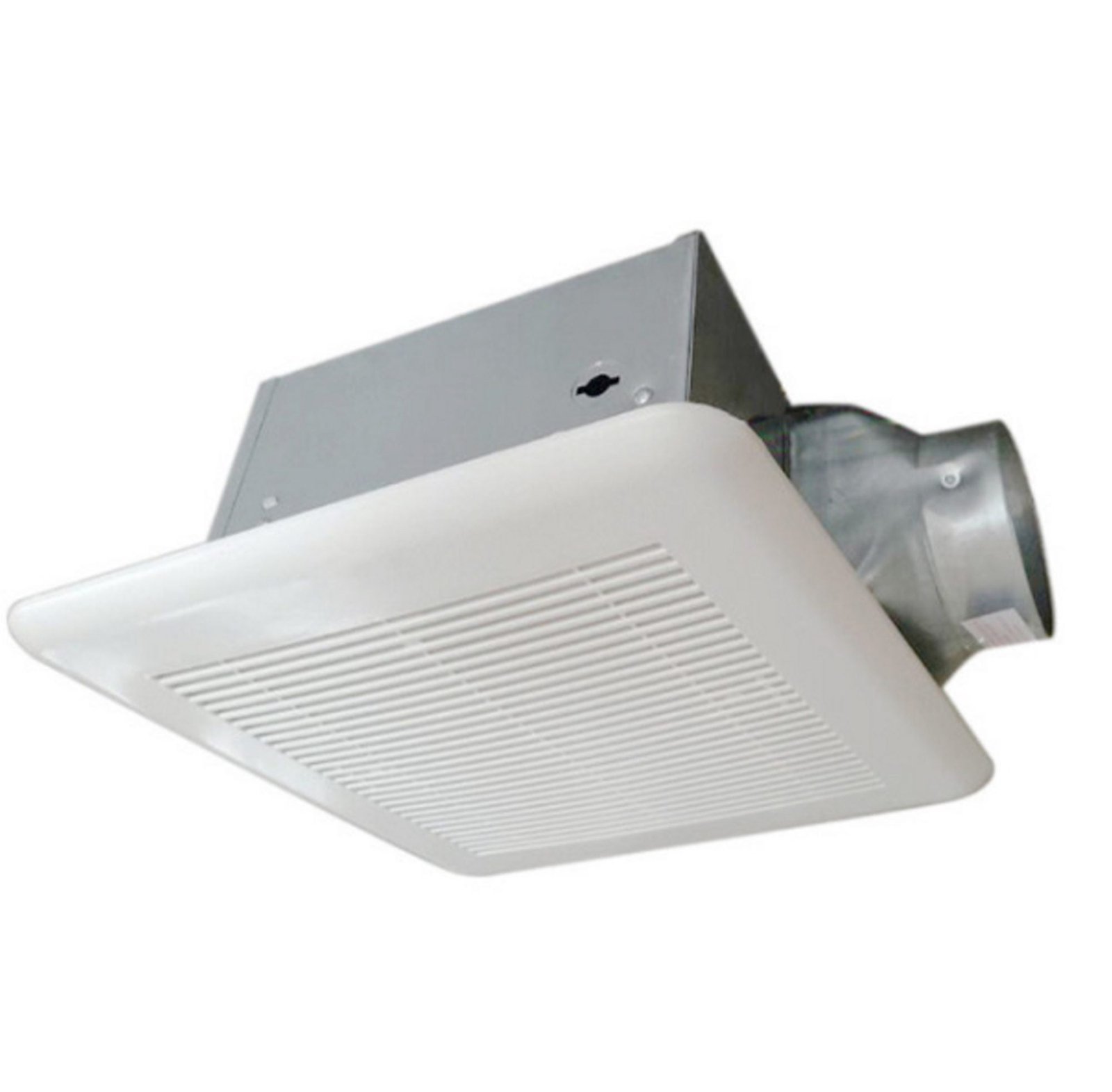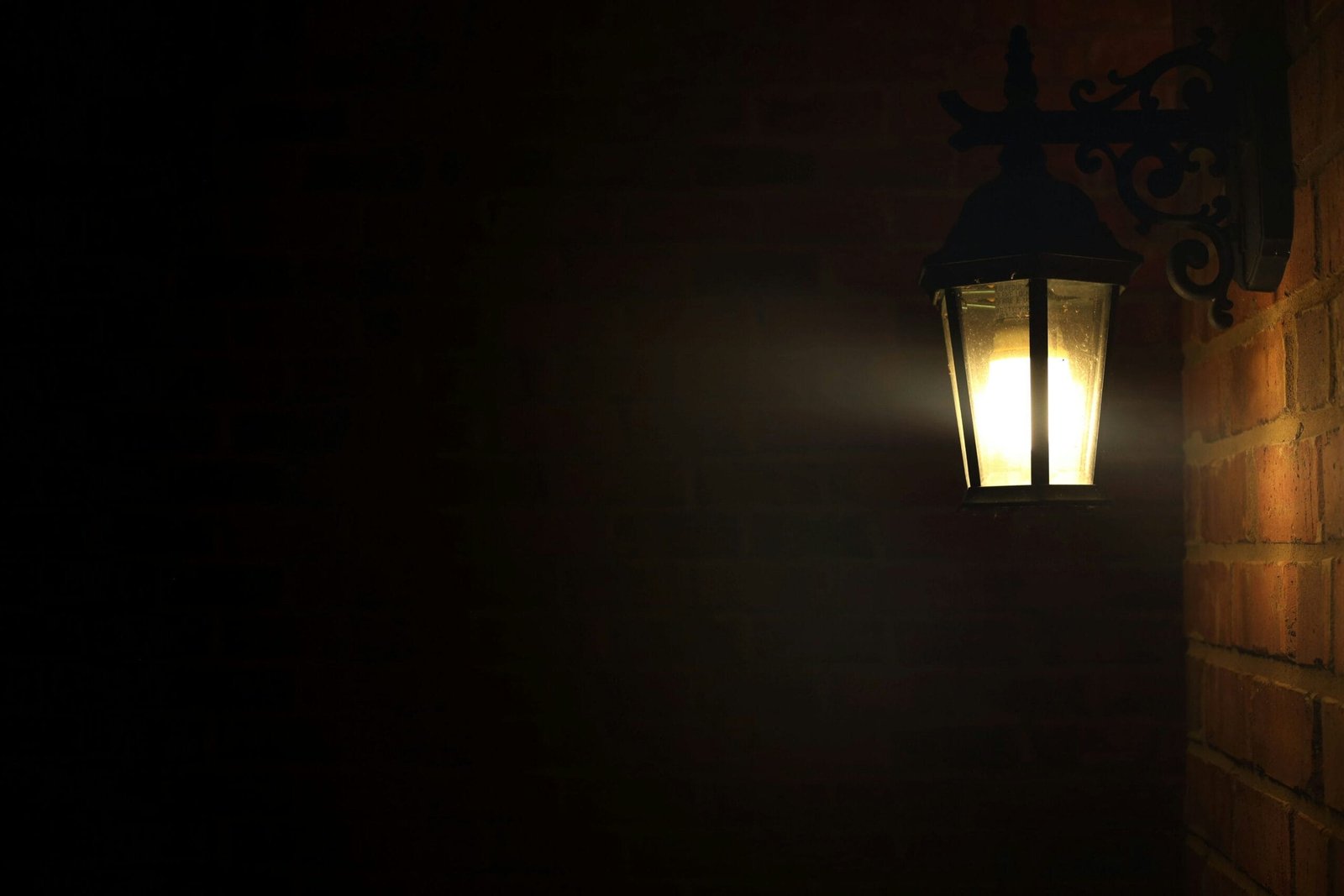Electricity can be an intimidating concept for many because of the potential danger. And it’s true. Regardless of how much knowledge you have, never become lax in dealing with an electrical system, or it can be deadly. But you can virtually eliminate that danger with a little knowledge and proper safety practices.

Photo by Savior Electric LLC – Discover home office design inspiration
There are two main points to consider before beginning the basic electrical wiring for your small house:
1| Building codes for your region, and
2| The interior design of your house in terms of appliances, lighting, and general uses.
Understanding circuitry basics:
An electrical circuit is a closed course through which electricity continuously flows from a source through a hot wire to the device to be powered and then back to the source again through a neutral wire.
The source is a public utility that generates electricity and sends it to your home through overhead or underground wires called service conductors. At your home, the electricity goes through a meter, usually attached to the outside of the house, into the main, service entrance panel (SEP).
The meter measures how much electricity your home uses during a certain period and you are charged accordingly. At the service entrance panel, which contains a main fuse or a main circuit breaker or a fuse/breaker system, the electricity is divided into branch circuits. The fuses or breakers protect these individual circuits.
Along the circuits there may be fixtures, receptacles, and/or switches (protected by housing boxes) connected by either parallel or series wiring.
Warning: For an entire rewiring of your home, you should call professional electricians, because when it comes to the main power, you should really invest in some licensed help for your safety as well as your family’s safety.
Electrical Wiring Safety:
Safety is of utmost importance when working with electricity:
a) Make sure the power is off at the breaker box before doing any electrical work. Pull the fuse or flip off the circuit breaker. Test the power. Use a voltage tester if you would like.
b) Always work in a clean, dry area free from anything wet.
c) Wear safety tools: rubber or plastic coated handles on tools; non conductive soled shoes; safety goggles.
d) Plumbing and gas pipes are often used to ground electrical system. Never touch them while working with electricity.
e) Do not push yourself too quickly through the job. If you are not sure, take your time to figure it out and think it through carefully.
f) Don’t create fire hazard by overloading an outlet or an extension cord.
There are several steps to proper basic electrical wiring. Electrical wires connect to each other for power to flow through. Wiring may be routed in any of several different ways. For example, the cable for a switch may run through a switch box and then on to the light, or it may run through the light to the switch box via a “switch loop.”
Other wires may run through either the switch box or the housing box or both, un-switched, on their way to powering different devices down the line.
Parallel Wiring: The wiring for most homes is parallel, meaning several devices are powered on a single circuit. Both the hot and neutral wires run through the various housing boxes along the route and branch off to individual fixtures and receptacles.
Switch Wiring: Switches, which are installed on hot wires, allow or disallow the flow of current to a light or other device.
Series Wiring: This type of wiring is rarely used anymore because it operates along the same principle as old-style Christmas lights. Series wiring routes the hot wire through several devices and then joins the neutral wire, which leads back to the source.
Two Wire Systems and Three Wire Systems:
Most homes built before 1941 had two-conductor (two-wire) electric service. In effect, one conductor carries 120-volt current and the other provides a return path. Actually, the current flow alternates in direction, along both conductors. Two-conductor service may limit the number and type of electrical appliances you can use.
Now most homes have three-conductor (three-wire) service. Two of the wires are always “hot;” meaning power is always present. Hot wires are always colored. In a three-wire system, usually one hot wire is red and the other is black. The third wire, which is white or gray, is neutral and is not hot. In a modern home running a 240-volt appliance circuit, the neutral wire carries no current. There are 120 volts between each hot wire and the “neutral” conductor, and 240 volts between the two hot conductors. Thus, there is power for lights and small appliances that require 120 volts, and for large appliances that require 240 volts. However, in a 120-volt appliance circuit, the neutral wire and the hot wire both carry current.
Ground Fault Circuit Interrupters:
A ground-fault circuit interrupter (GFCI) is a safety device that provides protection from electrical faults that could cause dangerous electrical shocks. It is designed to protect people from the dangers of leakage of electrical current that is seeking the easiest path to the ground. A GFCI continually compares the amount of current flowing through the black and white wires of a fixture or appliance circuit and disconnects the power to a receptacle if it senses a change indicating current leakage.
Useful Terms:
Ampere. Measures the number of electrically charged particles that flow past a given point on a circuit (per second).
Breaker box (breaker panel). Houses the circuit breakers or fuses, distributes power to various parts of your house.
Circuit. All wiring controlled by one fuse or circuit breaker.
Circuit breaker. Protective device for each circuit, which automatically cuts off power from the main breaker in the event of an overload or short. Only a regulated amount of current can pass through the breaker before it will “trip.”
Fish tape. A long, flexible metal strip with a formed hook (to which you fasten the cable) or wires pulls through walls, raceway, or conduit.
Main breaker. Turns the power entering your home through the breaker box on or off. This is sometimes found in the breaker box, or it may be in a separate box and at another location.
Neutral bus bar. The bar to which the neutral wire is connected in the breaker box.
Roughing-in. Placement of outlets switches and lights prior to actual electrical hook-up.
Volt. Measures the current pressure at receptacles and lights. Average household voltage is 120.
Watt. The rate at which an electrical device (light bulb, appliance, etc.) consumes energy. Watts=volts x amps.
Repair Your Home’s Electrical Panel – Smart Ideas and Tips (howtobuildahouseblog.com)


